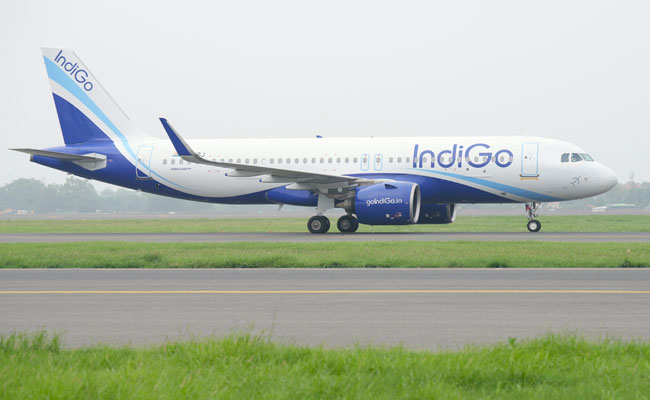Madrid, July 2 : Spain's Rafael Nadal continued to lead the men's Association of Tennis Professionals (ATP) world singles ranking released on Monday, just 50 points ahead of Switzerland's Roger Federer.
The ranking witnessed no change ahead of Wimbledon's first round as Germany's Alexander Zverev stayed world No. 3, followed by Argentina's Juan Martin del Potro, reports Efe.
Meanwhile, Bosnian Damir Dzumhur jumped seven places to be 23rd in the rankings after his victory at Antalya Open.
The current top-10 ATP rankings and point scores are as follows:
- Rafael Nadal (Spain) 8,770 Points
- Roger Federer (Switzerland) 8,720
- Alexander Zverev (Germany) 5,755
- Juan Martín del Potro (Argentina) 5,080
- Marin Cilic (Croatia) 5,060
- Grigor Dimitrov (Bulgaria) 4,780
- Dominic Thiem (Austria) 3,835
- Kevin Anderson (South Africa) 3,635
- David Goffin (Belgium) 3,110
- John Isner (US) 3,045.
Let the Truth be known. If you read VB and like VB, please be a VB Supporter and Help us deliver the Truth to one and all.
Mangaluru: Congress leader and former minister B Ramanath Rai slammed BJP leader R Ashoka for calling AICC General Secretary KC Venugopal an agent of the party high command, and asked if the general secretary and other office-bearers in the BJP were commission agents too.
Rai, who addressed a press meet at the Congress office in the city on Friday, expressed fury over the recent comments of the BJP leader that Chief Minister Siddaramaiah was presenting himself in a shameless manner in public life. Ashoka, who is also Leader of the Opposition (LoP) in the Karnataka Legislative Assembly, had said that the Congress government had ‘broken every previous record on corruption-related controversies’.
“Ashoka has spoken with sheer ignorance and displays his lack of maturity, as he often does while facing the media. KC Venugopal has been working at organization of the party and it is unbecoming of Ashoka to criticize Venugopal as he did,” Rai told reporters.
“Being in a responsible position, how acceptable is it for Ashoka to pass disrespectful, random comments about another leader who also holds a responsible position? If KC Venugopal is indeed an agent of the party high command, what should we consider BJP leaders to be? Are they brokers?” he asked
Commenting on Ashoka’s allegations of corruption in the Congress government in Karnataka, Rai pointed out, “The KSRTC land was sold to private parties when he (Ashoka) was transport minister. We can find several such cases across the state, which need to be probed.”
The former minister, however, refused to comment on the incident that occurred at Mangaluru airport during CM Siddaramaiah’s visit to the city recently.
Former mayors Ashraf and Shashidhar Hegde, Congress activists Vishwas Kumar Das, Subhodaya Alva, Shabeer, Baby Kundar, Padmanabha, Nazeer Bajal and Prem were present.





